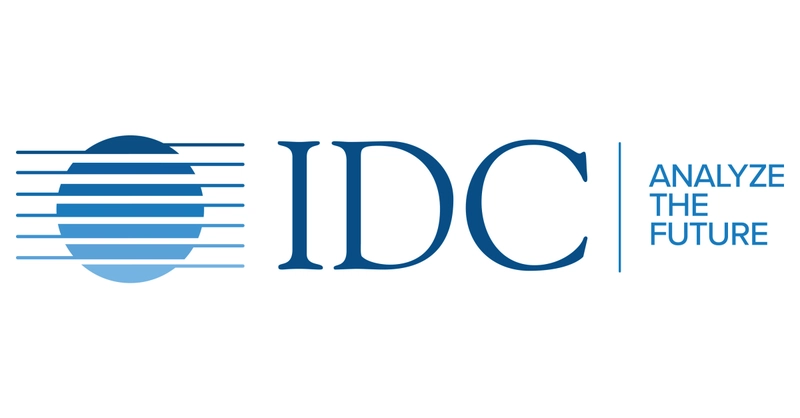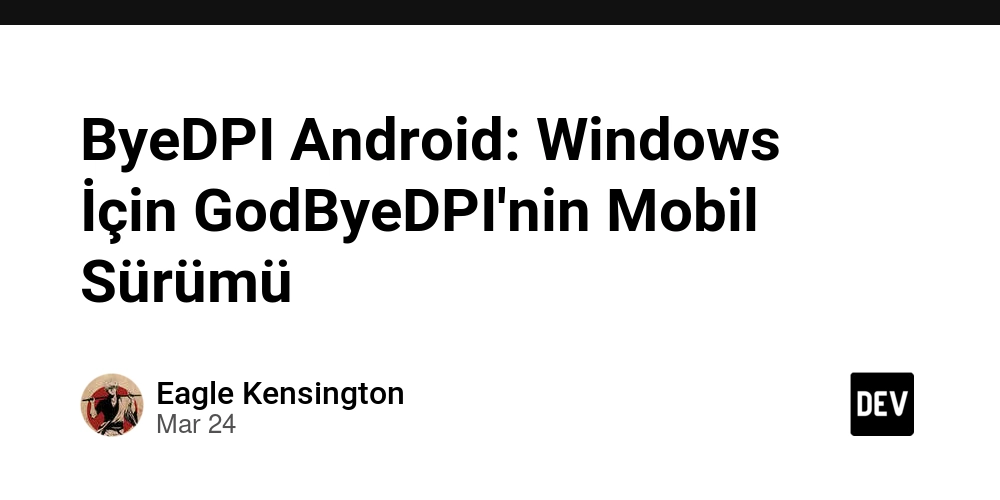S3 Cross-Region Replication with Terraform - s3 High Availability
Introduction We keep our data on the cloud, they get stored in a region, but what if that region gets compromised? What if a natural disaster hits the datacenter and now our application is gone because it has data outage. To avoid such scenarios, we should create a replica of our data in another region. The chance of both regions going down at once is extremely low. And that system has to be automatic, we can't copy paste everything every time. That's where AWS Cross Region Replication comes into play. What is aws CRR? In simple words, s3 Cross-Region Replication (CRR) let's you replicate data automatically from one bucket to another bucket. Here, Cross-Region means the bucket can be on different AWS regions. In a simpler way, if we put one file in a bucket a copy will be created (replicated) in another bucket in another region. Here's how CRR helps - enhances data durability and availability, ensuring data is protected across geographically separate locations useful for disaster recovery (DR) and compliance requirements The Game Plan To set up CRR using Terraform, we need to: Create two buckets in different regions (source and destination) Enable versioning on both buckets Set proper bucket policies Create an IAM role for replication Define replication rules s3 Cross Region Replication This will be the directory structure for the project - ├── main.tf ├── s3.tf ├── s3_replication.tf 1. Create two buckets in different regions 1.1. Create two providers We need to create two provider for each regions. Alias is used so that we can identify them easily, you can name anything. So, the main.tf file is - # Providers for different AWS regions provider "aws" { alias = "primary" region = "us-east-2" # Source region } provider "aws" { alias = "secondary" region = "eu-north-1" # Destination region } 1.2. Create Source and Destination buckets Let's write the s3.tf file to create two buckets and enable versioning - # Source S3 Bucket (Primary Region) resource "aws_s3_bucket" "source_bucket" { provider = aws.primary bucket = "primary-bucket-for-replication" } resource "aws_s3_bucket_versioning" "source_versioning" { provider = aws.primary bucket = aws_s3_bucket.source_bucket.id versioning_configuration { status = "Enabled" } } # Destination S3 Bucket (Secondary Region) resource "aws_s3_bucket" "destination_bucket" { provider = aws.secondary bucket = "secondary-bucket-for-replication" } resource "aws_s3_bucket_versioning" "destination_versioning" { provider = aws.secondary bucket = aws_s3_bucket.destination_bucket.id versioning_configuration { status = "Enabled" } } 2. Add replication Policy Now we will create a replication policy which will contain which actions can be done by one bucket on another like ReplicateObject, ReplicateDelete etc. and finally will bind it to a role that can be attached to our buckets using aws_s3_bucket_replication_configuration. Notice using filter { prefix = "" # Replicate all objects or *.pdf *.mp4 } You can filter out what kind of files to replicate. Here I kept it on for all, because - why not it's a demo! So, the s3_replication.tf file is - # IAM Role for Replication resource "aws_iam_role" "replication_role" { name = "s3-replication-role" assume_role_policy = jsonencode({ Version = "2012-10-17" Statement = [{ Effect = "Allow" Principal = { Service = "s3.amazonaws.com" } Action = "sts:AssumeRole" }] }) } # IAM Policy for Replication resource "aws_iam_policy" "replication_policy" { name = "s3-replication-policy" description = "Allows S3 replication between primary and secondary buckets" policy = jsonencode({ Version = "2012-10-17" Statement = [ { Effect = "Allow" Action = ["s3:ReplicateObject", "s3:ReplicateDelete", "s3:GetObjectVersion", "s3:GetObjectVersionAcl"] Resource = "arn:aws:s3:::${aws_s3_bucket.source_bucket.bucket}/*" }, { Effect = "Allow" Action = ["s3:ReplicateObject", "s3:ReplicateDelete"] Resource = "arn:aws:s3:::${aws_s3_bucket.destination_bucket.bucket}/*" } ] }) } # Attach Policy to Role resource "aws_iam_role_policy_attachment" "replication_policy_attach" { role = aws_iam_role.replication_role.name policy_arn = aws_iam_policy.replication_policy.arn } # S3 Replication Configuration resource "aws_s3_bucket_replication_configuration" "replication" { provider = aws.primary bucket = aws_s3_bucket.source_bucket.id role = aws_iam_role.replication_role.arn rule { id = "cross-region-replication" status = "Enabled" filter { prefix = "" # Replicate all objects or *.pdf *.mp4 } destination { bucket = aws_s3_bucket.destination_bucket.arn sto

Introduction
We keep our data on the cloud, they get stored in a region, but what if that region gets compromised? What if a natural disaster hits the datacenter and now our application is gone because it has data outage.
To avoid such scenarios, we should create a replica of our data in another region. The chance of both regions going down at once is extremely low. And that system has to be automatic, we can't copy paste everything every time. That's where AWS Cross Region Replication comes into play.
What is aws CRR?
In simple words, s3 Cross-Region Replication (CRR) let's you replicate data automatically from one bucket to another bucket. Here, Cross-Region means the bucket can be on different AWS regions.
In a simpler way, if we put one file in a bucket a copy will be created (replicated) in another bucket in another region.
Here's how CRR helps -
- enhances data durability and availability, ensuring data is protected across geographically separate locations
- useful for disaster recovery (DR) and
- compliance requirements
The Game Plan
To set up CRR using Terraform, we need to:
- Create two buckets in different regions (source and destination)
- Enable versioning on both buckets
- Set proper bucket policies
- Create an IAM role for replication
- Define replication rules
s3 Cross Region Replication
This will be the directory structure for the project -
├── main.tf
├── s3.tf
├── s3_replication.tf
1. Create two buckets in different regions
1.1. Create two providers
We need to create two provider for each regions. Alias is used so that we can identify them easily, you can name anything. So, the main.tf file is -
# Providers for different AWS regions
provider "aws" {
alias = "primary"
region = "us-east-2" # Source region
}
provider "aws" {
alias = "secondary"
region = "eu-north-1" # Destination region
}
1.2. Create Source and Destination buckets
Let's write the s3.tf file to create two buckets and enable versioning -
# Source S3 Bucket (Primary Region)
resource "aws_s3_bucket" "source_bucket" {
provider = aws.primary
bucket = "primary-bucket-for-replication"
}
resource "aws_s3_bucket_versioning" "source_versioning" {
provider = aws.primary
bucket = aws_s3_bucket.source_bucket.id
versioning_configuration {
status = "Enabled"
}
}
# Destination S3 Bucket (Secondary Region)
resource "aws_s3_bucket" "destination_bucket" {
provider = aws.secondary
bucket = "secondary-bucket-for-replication"
}
resource "aws_s3_bucket_versioning" "destination_versioning" {
provider = aws.secondary
bucket = aws_s3_bucket.destination_bucket.id
versioning_configuration {
status = "Enabled"
}
}
2. Add replication Policy
Now we will create a replication policy which will contain which actions can be done by one bucket on another like ReplicateObject, ReplicateDelete etc. and finally will bind it to a role that can be attached to our buckets using aws_s3_bucket_replication_configuration.
Notice using
filter {
prefix = "" # Replicate all objects or *.pdf *.mp4
}
You can filter out what kind of files to replicate. Here I kept it on for all, because - why not it's a demo!
So, the s3_replication.tf file is -
# IAM Role for Replication
resource "aws_iam_role" "replication_role" {
name = "s3-replication-role"
assume_role_policy = jsonencode({
Version = "2012-10-17"
Statement = [{
Effect = "Allow"
Principal = { Service = "s3.amazonaws.com" }
Action = "sts:AssumeRole"
}]
})
}
# IAM Policy for Replication
resource "aws_iam_policy" "replication_policy" {
name = "s3-replication-policy"
description = "Allows S3 replication between primary and secondary buckets"
policy = jsonencode({
Version = "2012-10-17"
Statement = [
{
Effect = "Allow"
Action = ["s3:ReplicateObject", "s3:ReplicateDelete", "s3:GetObjectVersion", "s3:GetObjectVersionAcl"]
Resource = "arn:aws:s3:::${aws_s3_bucket.source_bucket.bucket}/*"
},
{
Effect = "Allow"
Action = ["s3:ReplicateObject", "s3:ReplicateDelete"]
Resource = "arn:aws:s3:::${aws_s3_bucket.destination_bucket.bucket}/*"
}
]
})
}
# Attach Policy to Role
resource "aws_iam_role_policy_attachment" "replication_policy_attach" {
role = aws_iam_role.replication_role.name
policy_arn = aws_iam_policy.replication_policy.arn
}
# S3 Replication Configuration
resource "aws_s3_bucket_replication_configuration" "replication" {
provider = aws.primary
bucket = aws_s3_bucket.source_bucket.id
role = aws_iam_role.replication_role.arn
rule {
id = "cross-region-replication"
status = "Enabled"
filter {
prefix = "" # Replicate all objects or *.pdf *.mp4
}
destination {
bucket = aws_s3_bucket.destination_bucket.arn
storage_class = "STANDARD"
}
delete_marker_replication {
status = "Enabled"
}
}
}
Now, if we put one file in the source bucket (primary-bucket-for-replication) the object will very soon be created automatically in the secondary bucket as well (secondary-bucket-for-replication`.
Final thoughts
For a production use case, use variables file to handle variables and use strict permission on IAM policies, less is better.
Happy Coding!










































































































































































![[The AI Show Episode 144]: ChatGPT’s New Memory, Shopify CEO’s Leaked “AI First” Memo, Google Cloud Next Releases, o3 and o4-mini Coming Soon & Llama 4’s Rocky Launch](https://www.marketingaiinstitute.com/hubfs/ep%20144%20cover.png)
















































































































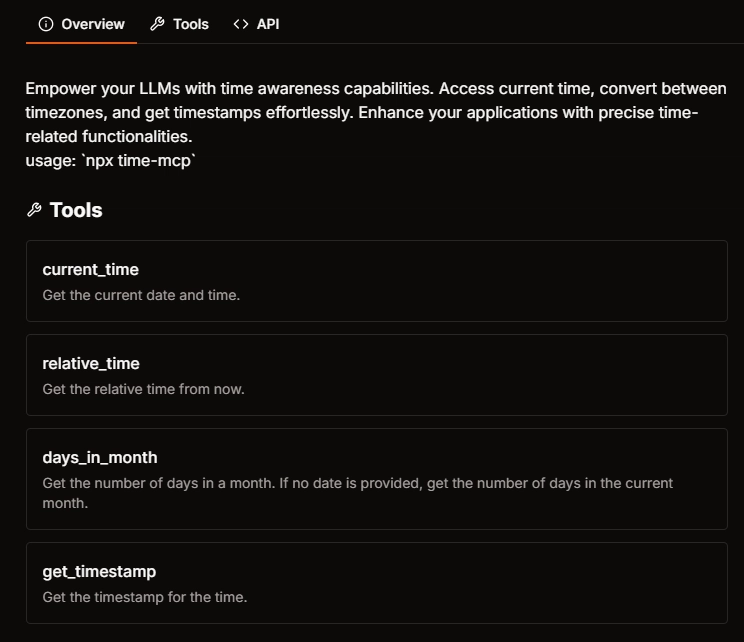
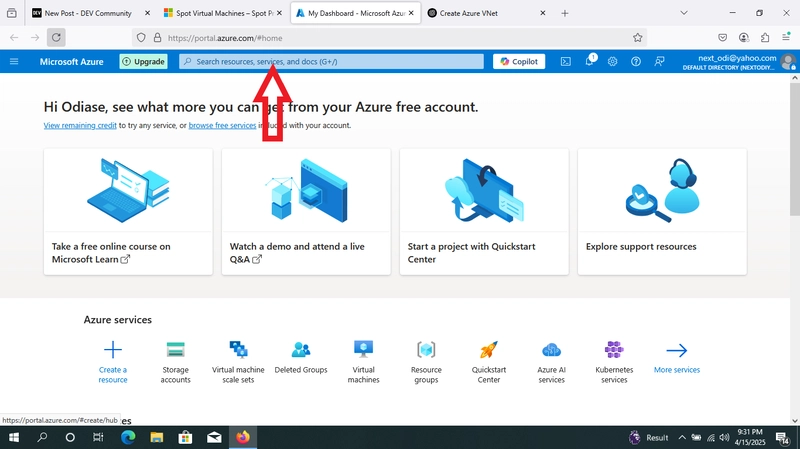




















































































![Blue Archive tier list [April 2025]](https://media.pocketgamer.com/artwork/na-33404-1636469504/blue-archive-screenshot-2.jpg?#)






























.png?#)











-Baldur’s-Gate-3-The-Final-Patch---An-Animated-Short-00-03-43.png?width=1920&height=1920&fit=bounds&quality=70&format=jpg&auto=webp#)














































































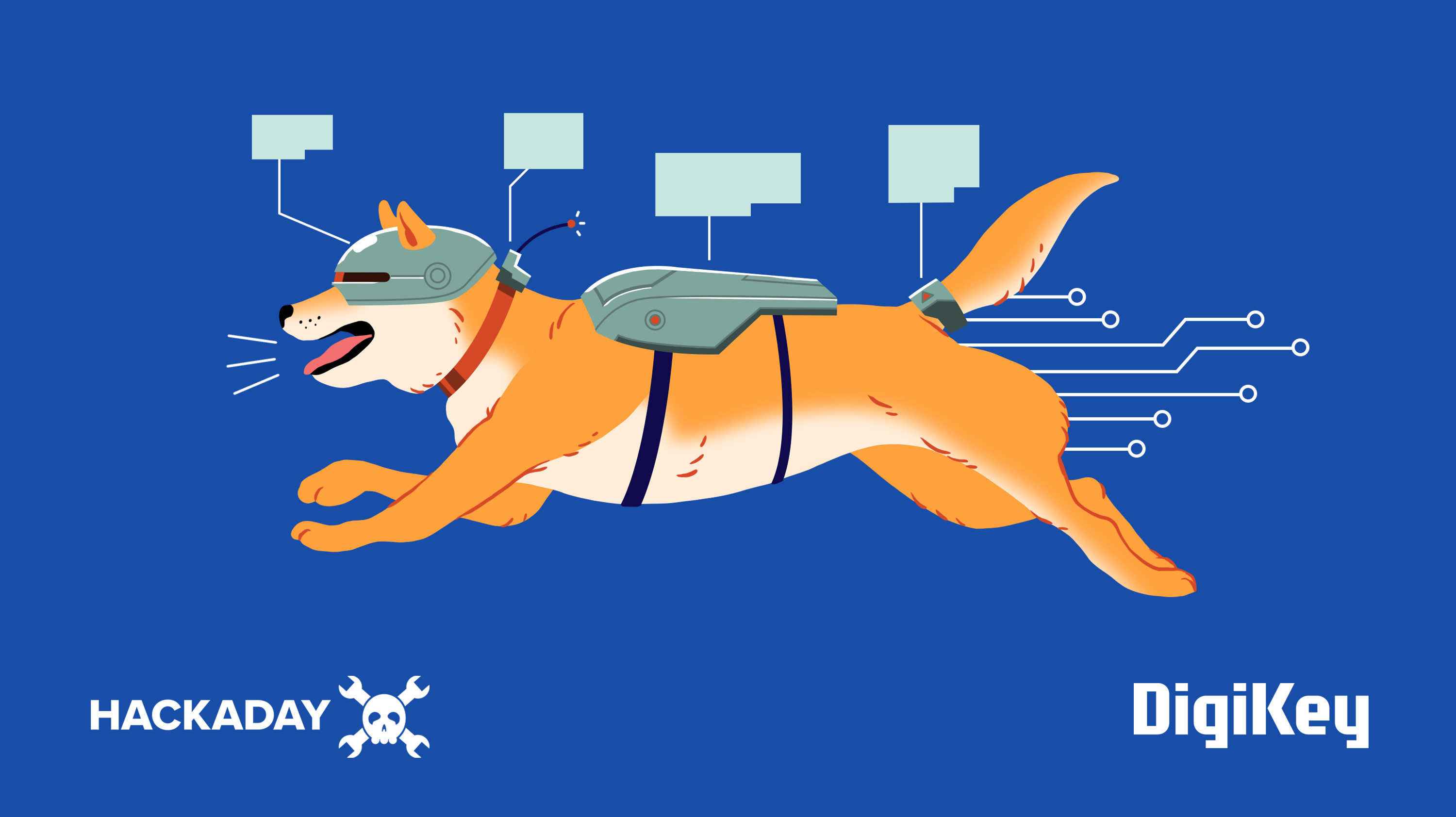























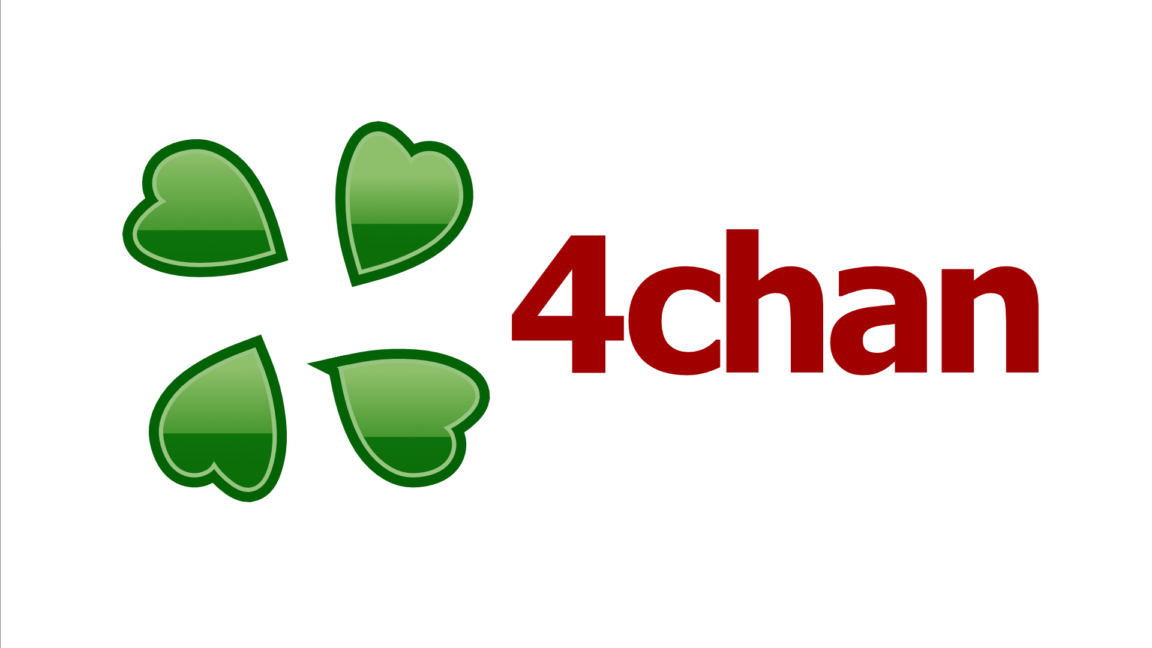






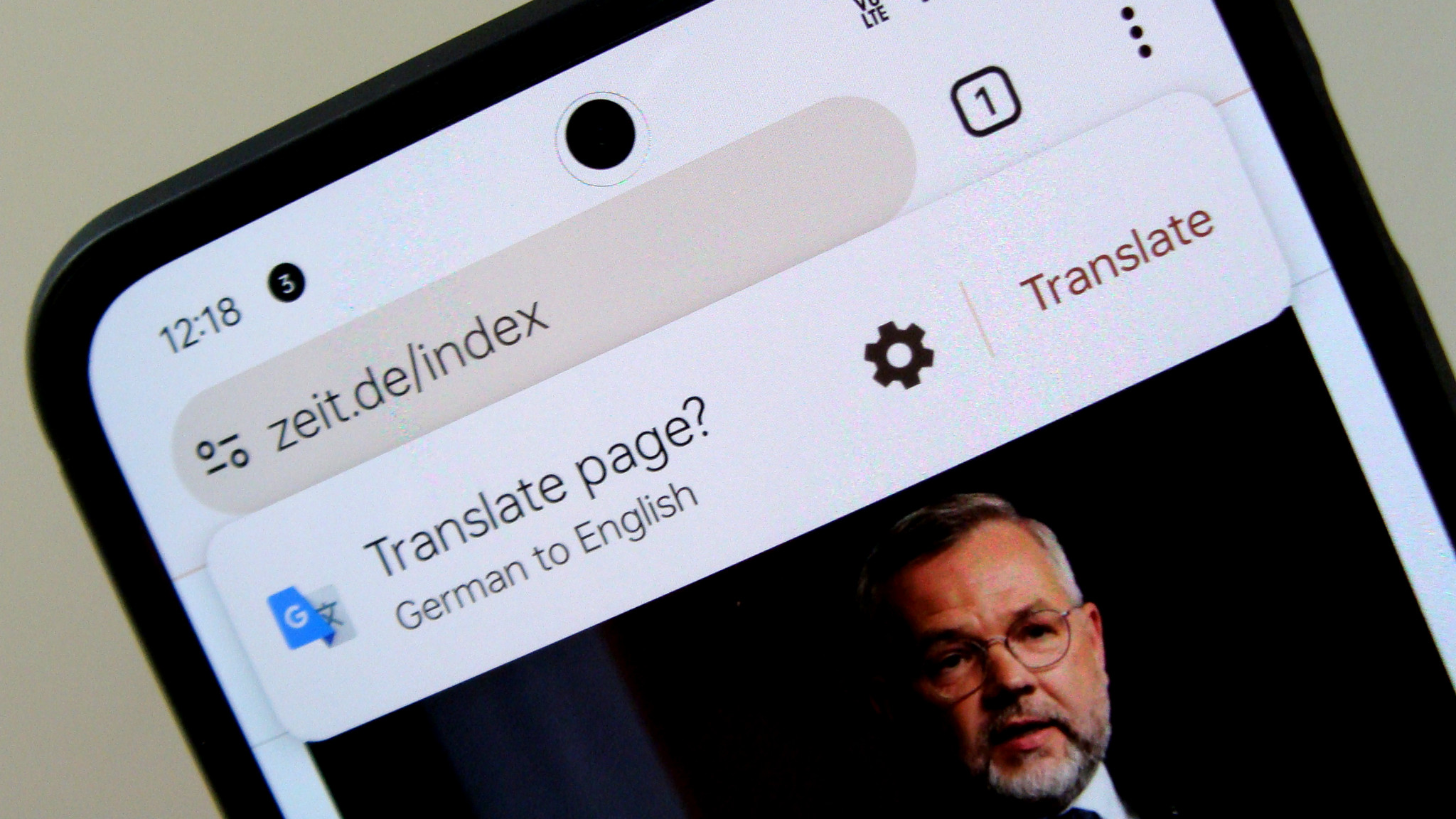
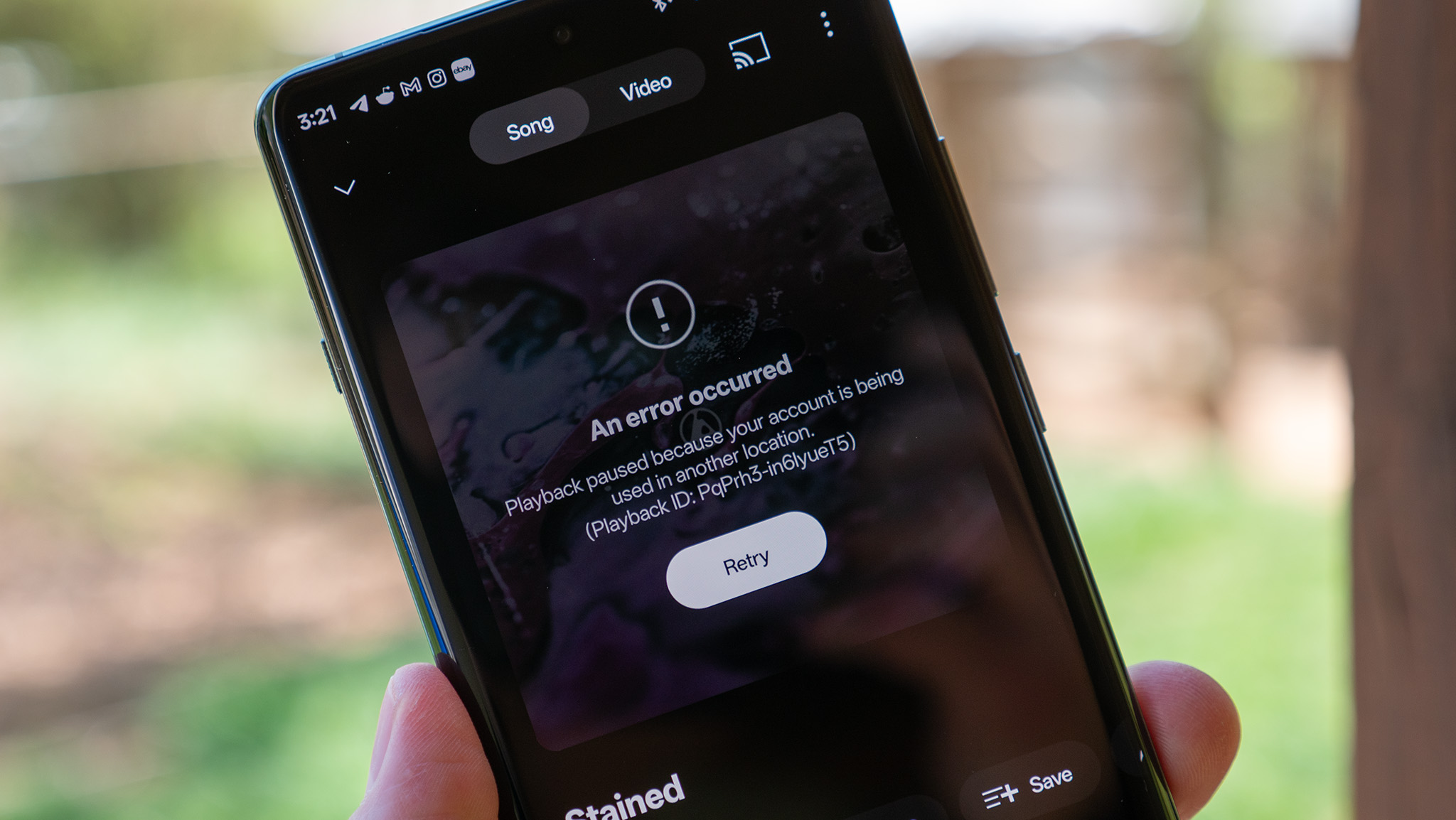

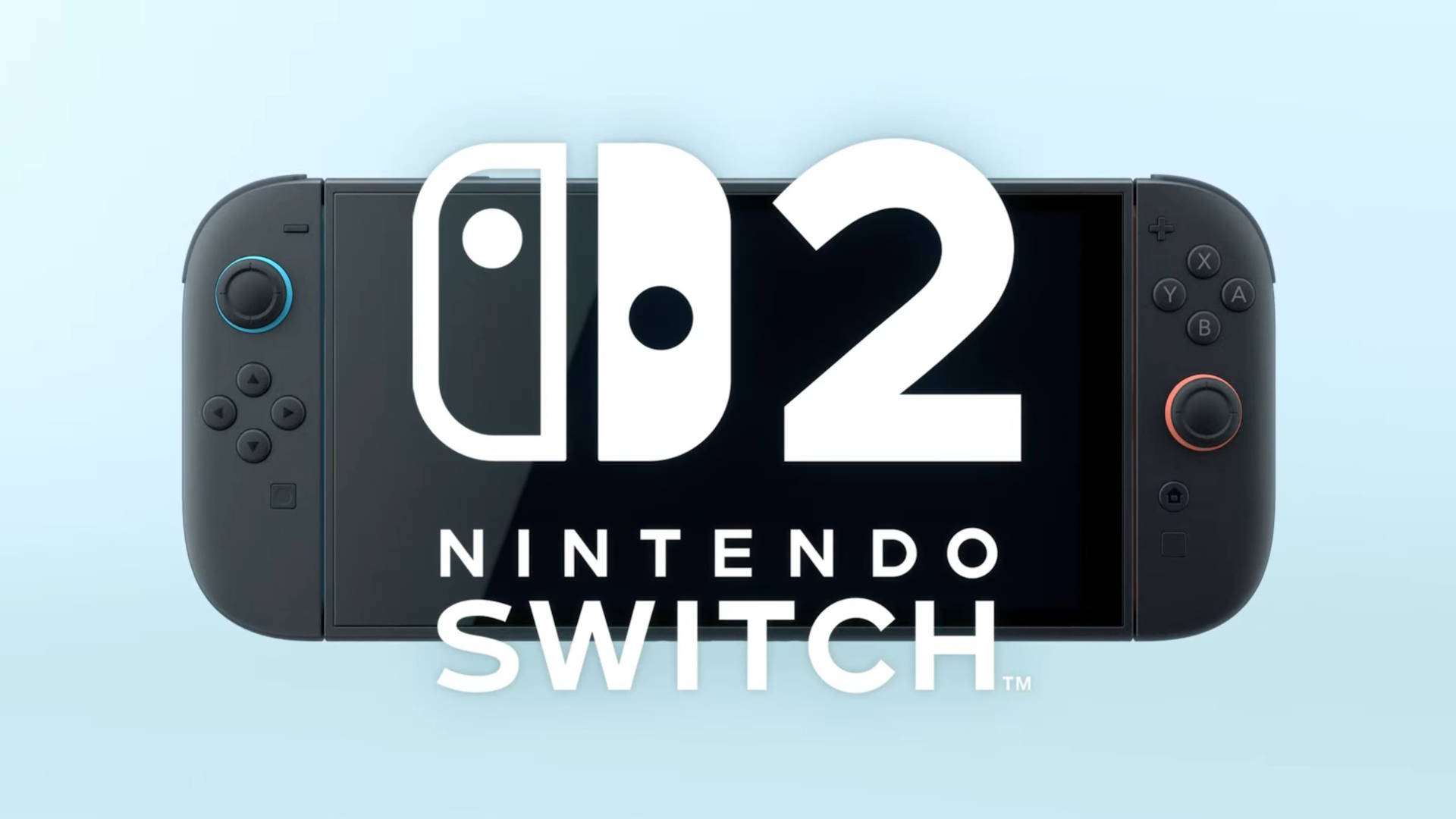



















![Apple's Foldable iPhone May Cost Between $2100 and $2300 [Rumor]](https://www.iclarified.com/images/news/97028/97028/97028-640.jpg)
![Apple Releases Public Betas of iOS 18.5, iPadOS 18.5, macOS Sequoia 15.5 [Download]](https://www.iclarified.com/images/news/97024/97024/97024-640.jpg)
![Apple to Launch In-Store Recycling Promotion Tomorrow, Up to $20 Off Accessories [Gurman]](https://www.iclarified.com/images/news/97023/97023/97023-640.jpg)





































































































































